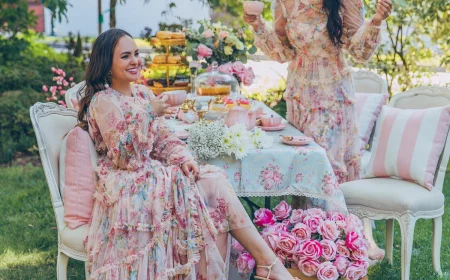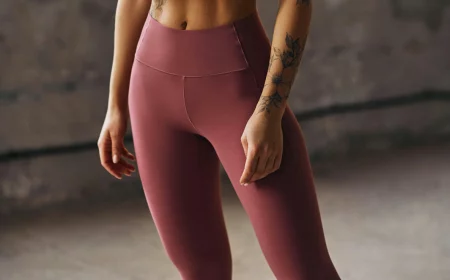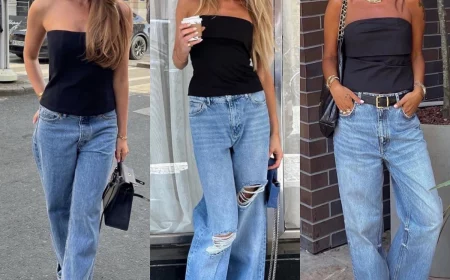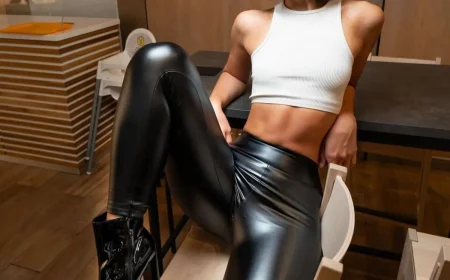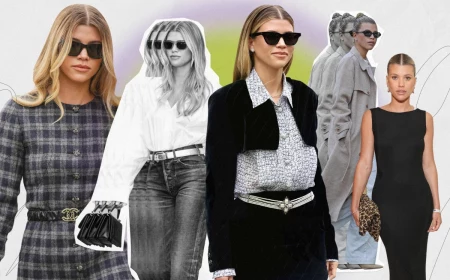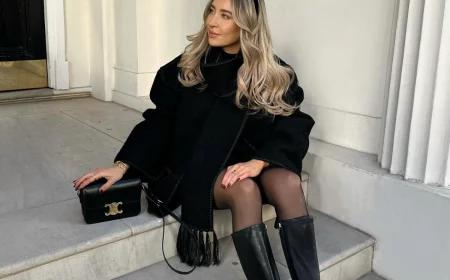How to Dress for Summer at the Office Without Actually Melting
For years, I’ve helped people build wardrobes that actually work for their lives. And every single year, like clockwork, the same question pops up as the weather warms: “How do I dress for work in the summer?” It’s a totally valid struggle. You’re dealing with a sweltering commute, only to walk into an office that feels like a meat locker. The goal is to look sharp and credible when all you want to do is wear shorts and a tank top.
In this article
A lot of advice out there just gives you a list of outfits. But honestly, a lasting fix comes from understanding the why behind the clothes. It’s about fabric, fit, and having a smart strategy. So, let’s skip the photo gallery and get into what really matters. I want to share the practical, no-nonsense approach I use with my clients, built on three key pillars.
1. It Starts with Fabric: Your Secret Weapon Against Heat
Before you even think about the style of a blouse or a pair of pants, you have to consider the material. This is, without a doubt, the most important choice you’ll make. The wrong fabric is like wearing a plastic bag—it traps heat and sweat, leaving you a rumpled, uncomfortable mess. The right fabric, however, is a game-changer.
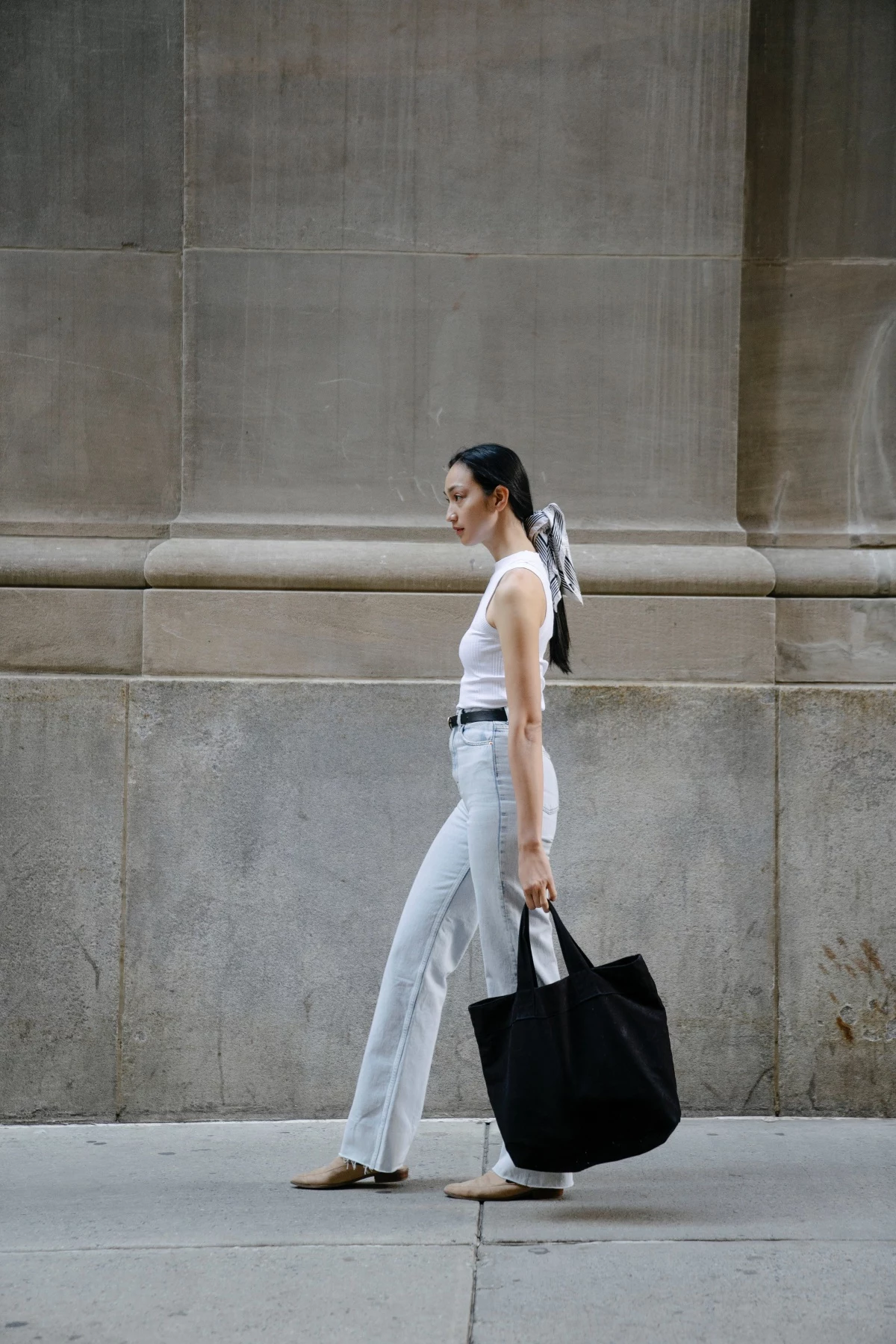
A Quick Science Lesson: Why Some Fabrics Feel Better
It all comes down to how fibers interact with moisture. Some soak it up, while others push it away. Knowing the difference is everything.
- Water-Lovers (Hydrophilic): Think cotton and linen. These natural fibers are amazing at absorbing moisture, pulling sweat away from your skin. A cotton shirt can actually hold a ton of water. The catch? Once they’re wet, they get heavy, clammy, and take forever to dry. Not ideal.
- Water-Resisters (Hydrophobic): This is the world of synthetics like polyester. They don’t absorb moisture; they wick it. This means sweat travels across the fabric’s surface and evaporates quickly, which is why your workout gear is made of this stuff. The problem is that cheap, basic polyester doesn’t breathe. It wicks sweat but traps air and heat, creating your own personal sauna.
A wise old tailor once told me, “The material dictates the make.” He was absolutely right. Understanding this is what separates a truly comfortable outfit from a stylish-but-miserable one.

Weave Matters, Too!
Just as important as the fiber is the weave. Imagine a tightly woven fabric as a solid pane of glass—nothing gets through. A loose, open weave is like a window screen, letting every little breeze pass. For summer, you always want the window screen.
My Go-To Summer Fabrics
Here’s the shortlist of fabrics that I recommend time and time again. They just perform.
- Linen: The undisputed king of summer. Linen fibers are hollow, which allows air to move right through, and it dries in a flash. Yes, it wrinkles. My advice? Just embrace it. A little rumpling is part of linen’s charm. If you really can’t stand it, look for a linen-blend with cotton or rayon. You can find fantastic linen-blend pieces at stores like J.Crew, Gap, or Mango, often for under $100.
- High-Twist or ‘Tropical’ Wool: This is the professional’s best-kept secret. Forget heavy winter sweaters; this is a completely different animal. The wool yarns are twisted super tight, creating a lightweight, springy fabric with tiny pores. It’s incredibly breathable, cool to the touch, and resists wrinkles like a champ. A good tropical wool piece is an investment, but it’s the ultimate choice for a conservative office. Expect to pay $200+ for a great pair of trousers from a brand like Theory, but they will last forever.
- Seersucker: A southern classic for a reason. This cotton fabric is woven with a unique pucker, which holds the material away from your skin. That little bit of space is a built-in air conditioner. It’s naturally more casual, but a seersucker blazer is a timeless piece that’s perfect for a business-casual environment.
- Tencel (Lyocell) and Modal: These fabrics are made from wood pulp and they are a dream for summer. They feel silky, cool to the touch, drape beautifully, and are surprisingly wrinkle-resistant. They’re perfect for dresses, blouses, and wide-leg pants. Quick Tip: To spot good Tencel in a store, feel for a smooth, silky texture that has some weight to it, not something thin or fuzzy. Quince and Everlane are fantastic sources for high-quality, affordable Tencel pieces, often in the $50-$80 range.
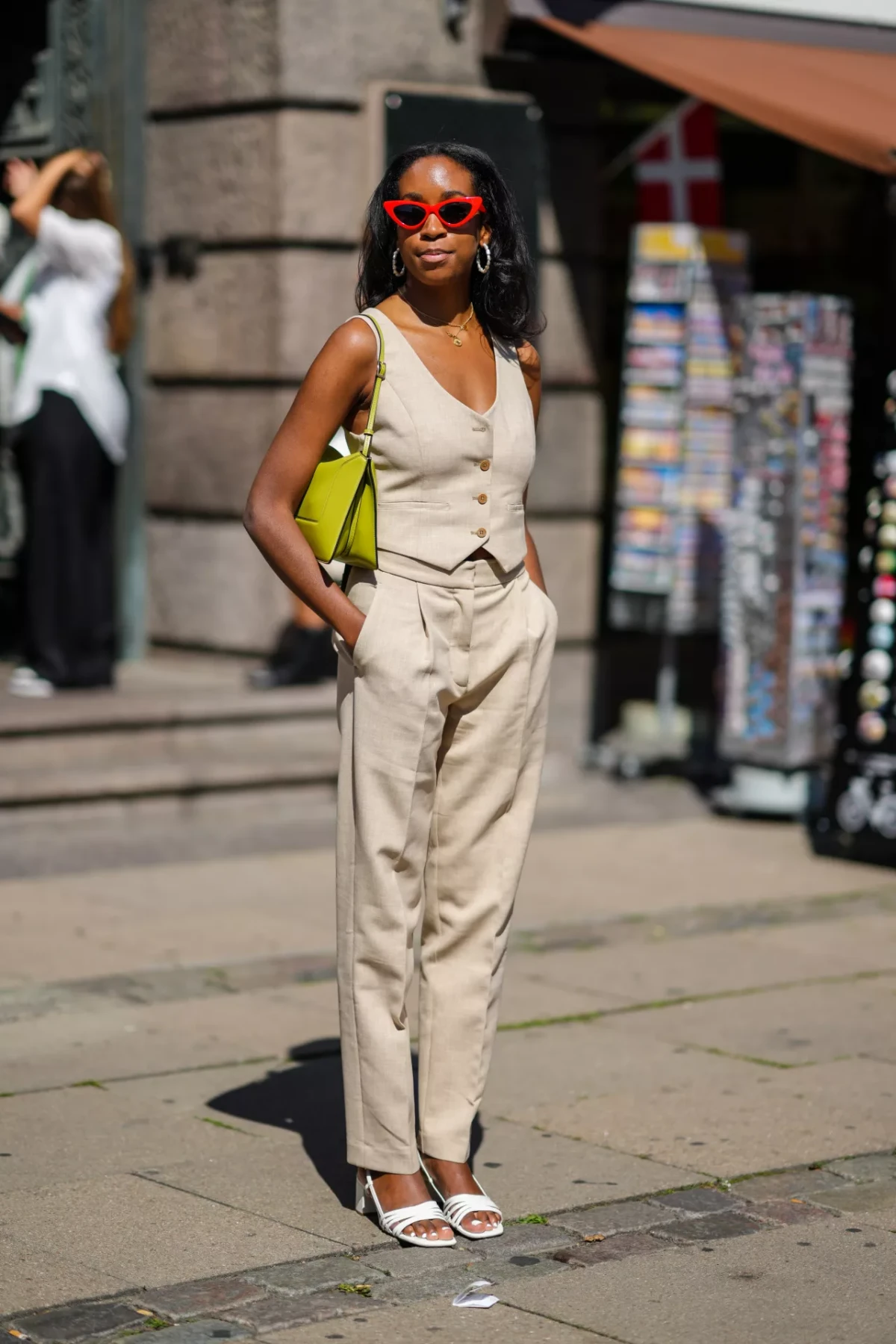
Fabrics to Be Careful With
Heads up! Not all fabrics are summer-friendly, even if they seem lightweight.
- Basic Polyester: Unless it’s a specific, high-tech performance blend from a brand like Uniqlo (their AIRism line is great), avoid 100% polyester. It often traps heat and odor.
- Heavy Cotton Twill: The fabric of traditional chinos and jeans is too dense for serious heat. Instead, look for ‘summer-weight’ chinos or try chambray, which looks like denim but is way lighter and more breathable. Madewell and J.Crew Factory always have good chambray options.
- Standard Viscose: While it feels nice, it gets weak when wet and wrinkles if you just look at it wrong. It can be a bit high-maintenance.
2. The Fit: Your Personal Air-Conditioning System
Okay, pillar number two is fit. In winter, a close fit is cozy. In summer, it’s a heat trap. Your goal should be to wear clothes that skim your body, not cling to it. This creates a thin layer of air between you and the fabric, which is crucial for staying cool.
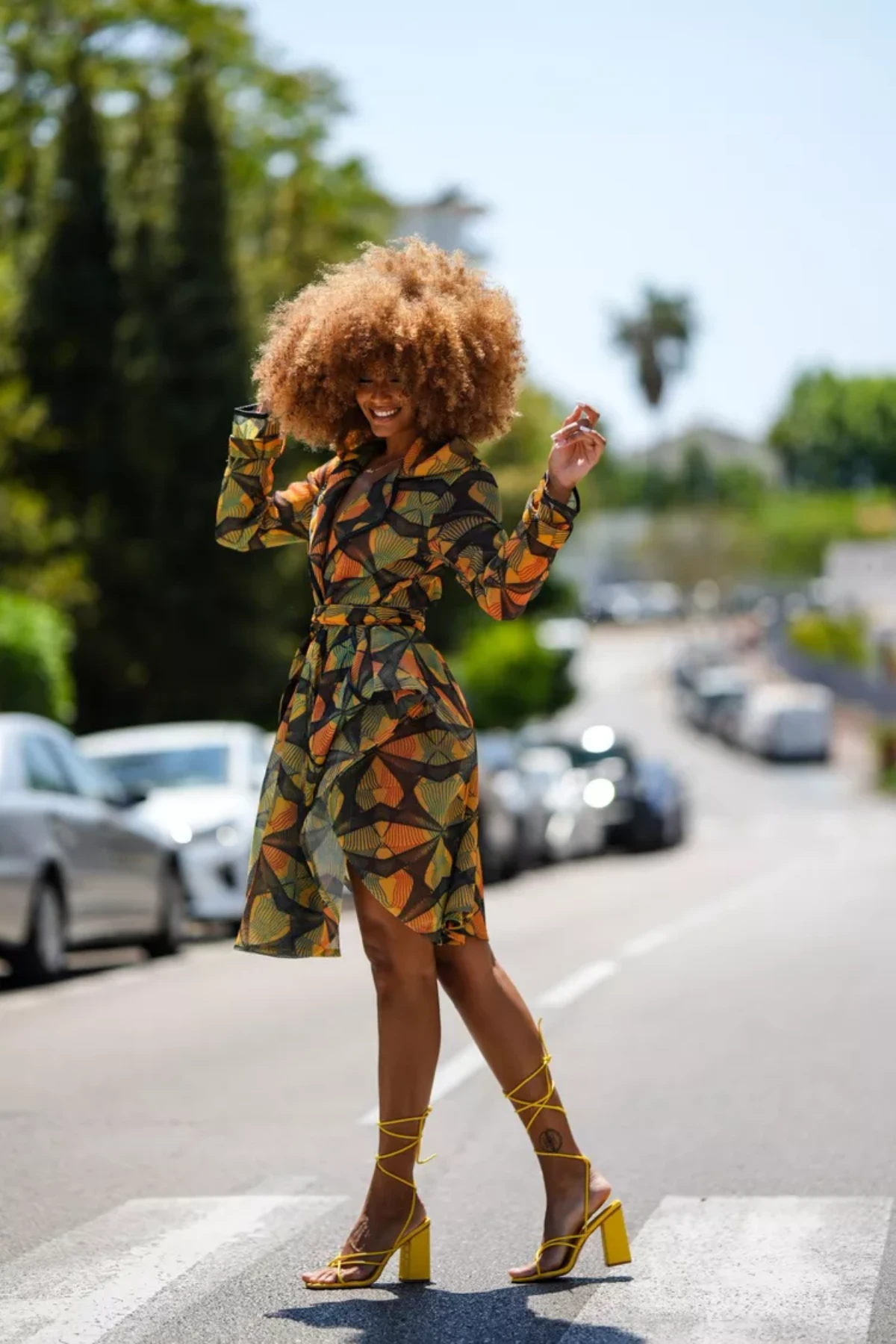
Look for Unlined and Unstructured Pieces
One of the first things I learned when I started out was to look inside a blazer. Most are fully lined, often with polyester, which adds a surprising amount of warmth. For summer, you want the opposite.
Look for jackets that are unlined (where you can see the finished seams inside) or half-lined (where the lining only covers the shoulders and upper back). Also, seek out unstructured construction, meaning there’s little to no shoulder padding. It feels less like armor and more like a sturdy shirt. I once suffered through a summer in a fully lined blazer at my first office job. Switching to an unlined linen-blend jacket was a revelation. It looked just as professional but felt degrees cooler.
Think About the Silhouette
The overall shape of your clothes makes a huge difference.
- For pants, trade in your super-skinny styles for straight-leg, wide-leg, or even pleated trousers. The extra volume is pure, sweet airflow for your legs.
- For skirts and dresses, think A-line, shift, or pleated styles. They are so much more comfortable than a restrictive pencil skirt.
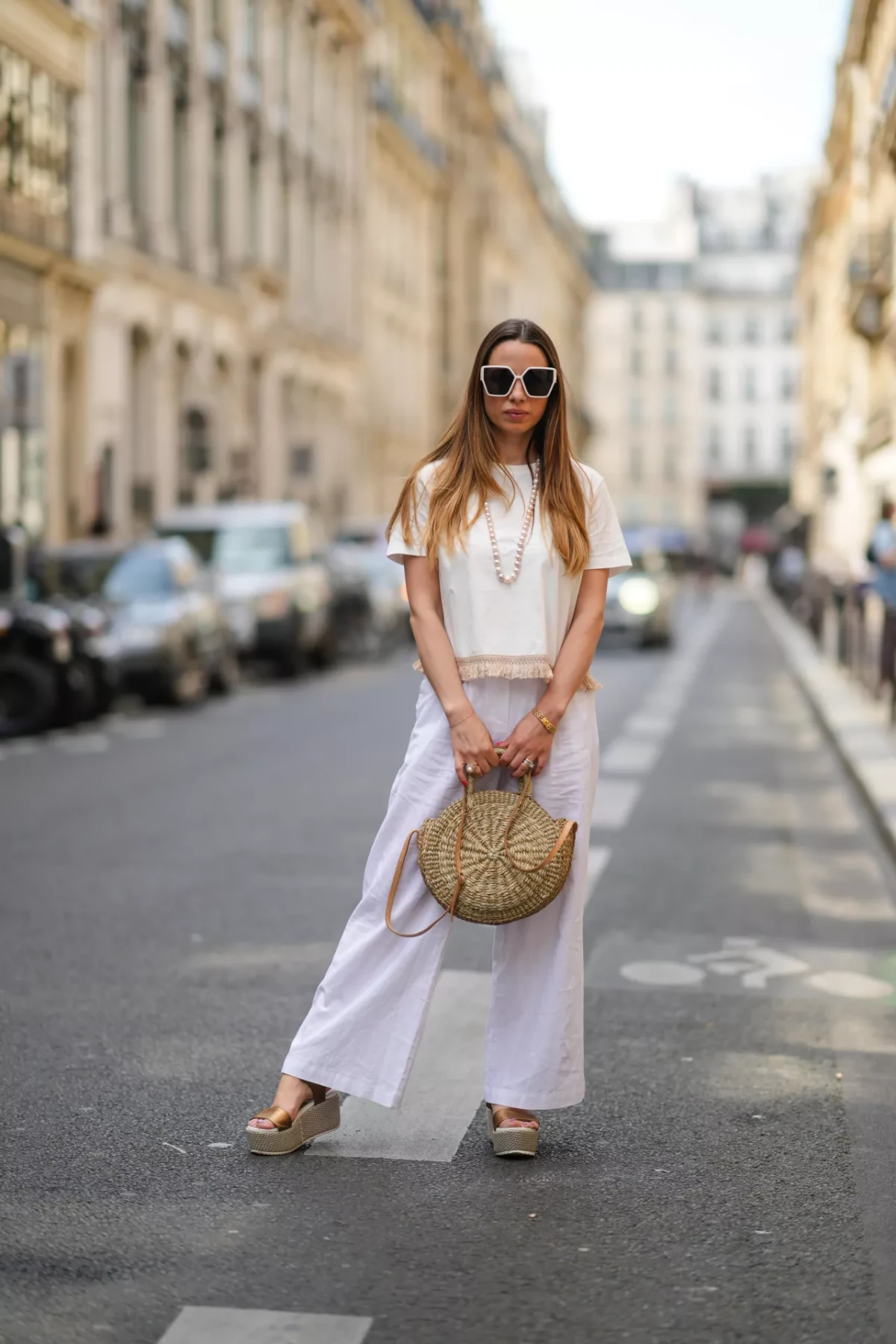
Your Tailor is Your Best Friend
I cannot say this enough: a good tailor is worth their weight in gold. A few simple tweaks can make a $100 pair of pants look and feel like they were made for you. For summer, you can ask them to hem trousers to the perfect ankle length or take in the waist of a looser-fitting dress so it doesn’t look sloppy. A basic hem might cost you $20-$30, a small price to pay for a perfect fit.
3. The Strategy: Building a Smart, Versatile Wardrobe
Now we can talk about the actual clothes. The key is to build a small capsule of high-quality, versatile pieces instead of a closet full of cheap, one-season wonders.
The Linen vs. Tropical Wool vs. Tencel Showdown
So which one should you choose? It really depends on your needs.
Let’s be real, linen is the most breathable of the three, hands down. But it’s also a wrinkle machine. Tropical wool is slightly less airy but still fantastic, and its main selling point is that it barely wrinkles at all, making it ideal for looking sharp all day. Tencel sits somewhere in the middle—it’s very breathable and much more wrinkle-resistant than linen.
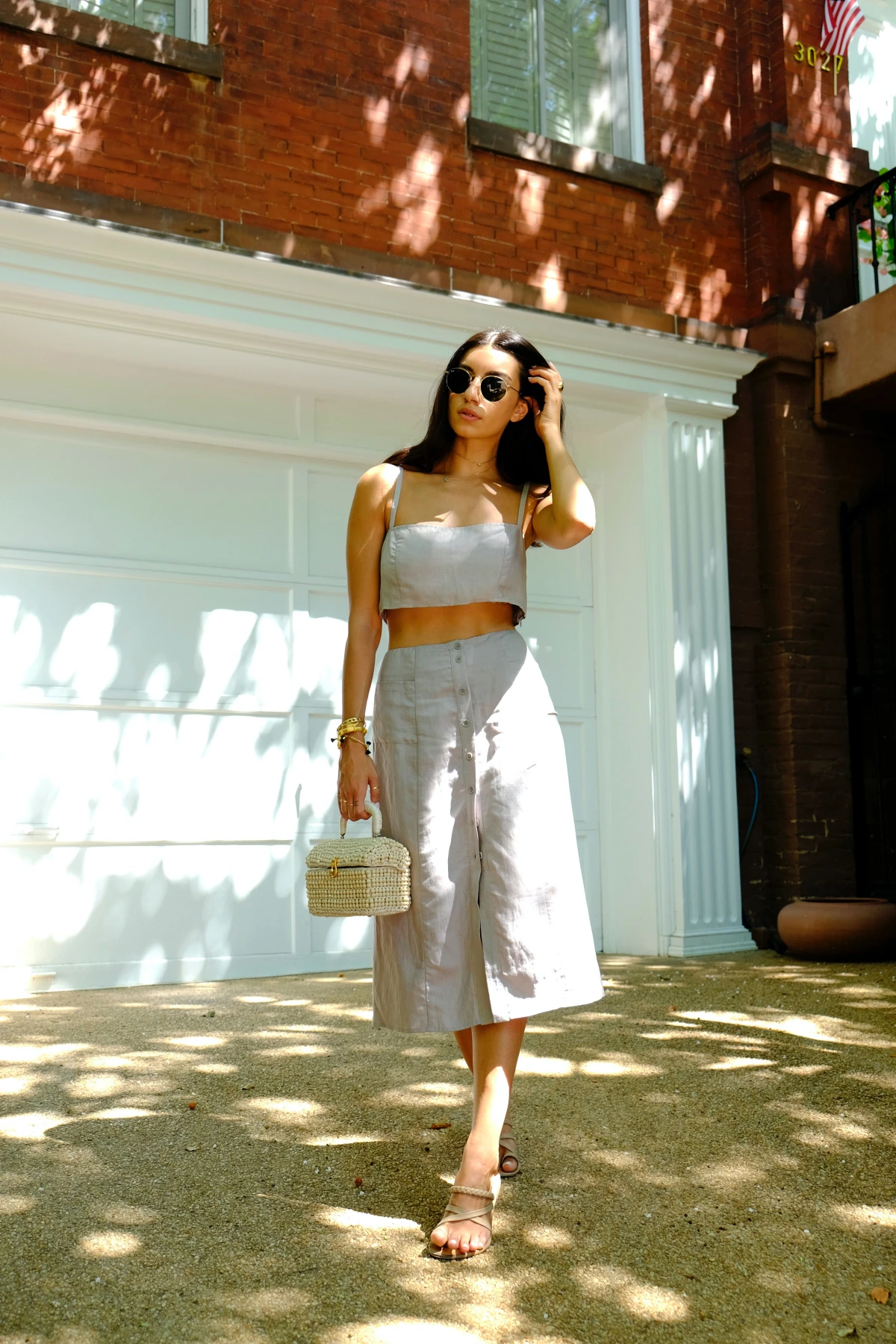
For price, linen and Tencel are generally the most accessible. You can get great pieces for under $100. Tropical wool is an investment fabric, so expect to pay more. For care, linen and Tencel can often be machine washed on delicate, while tropical wool almost always requires dry cleaning.
Bottom line: Choose linen for peak heat and a more relaxed vibe. Choose tropical wool for the most formal, conservative settings. Choose Tencel for a versatile, comfortable, and polished look that works almost anywhere.
Your Summer Workwear Starter Pack
- A Great Shirt Dress: This is a one-and-done outfit. Look for one in cotton poplin or a Tencel blend that hits at or below the knee. A simple belt gives it shape and makes it look instantly put-together.
- Wide-Leg Trousers: Seriously, invest in a pair. I had a client, a lawyer in a super humid city, who swore she couldn’t wear pants in the summer. We found her a pair of navy tropical wool wide-leg trousers, and it completely changed her work life. She felt comfortable, confident, and totally professional.
- The Sleeveless Shell: This is your essential layering top to wear under blazers and cardigans. Don’t go for a ribbed cotton tank—it can look like an undershirt. Instead, find a simple shell in silk, modal, or a nice woven fabric. Grab one in ivory and one in black to start.
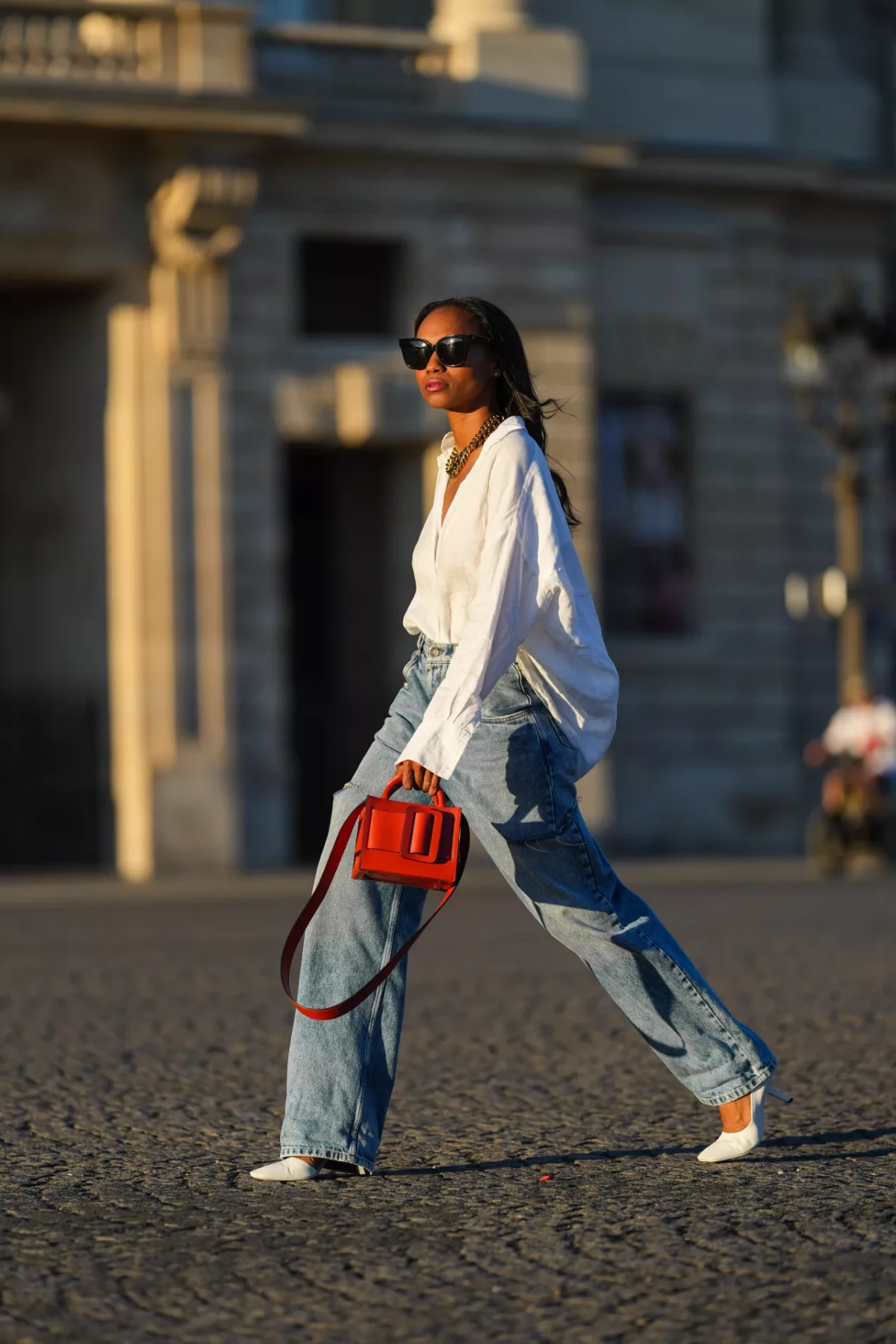
The All-Important ‘Third Piece’
This is your secret weapon against the office deep freeze. It’s the piece that lives on the back of your chair, ready to be thrown on for a meeting or when the AC kicks into overdrive. It could be an unlined blazer, a fine-knit cardigan (merino wool is great because it regulates temperature), or even a large, beautiful scarf or pashmina in a silk or modal blend.
Final Tips and Quick Wins
A few last things to keep in mind to really nail your summer look.
Your Quick Win for Today: Go buy one pair of seamless underwear in a color that matches your skin tone. Not white! A skin-tone pair will be invisible under light-colored summer fabrics like white linen or beige Tencel. It’s the best $20 you’ll spend on your wardrobe this season, I promise.
Know the Rules: Always, always check your company’s dress code. I once had a client get sent home from an internship for wearing a beautiful (but sleeveless) dress. When in doubt, look at what the senior leaders in your office wear and err on the side of being slightly more dressed up.
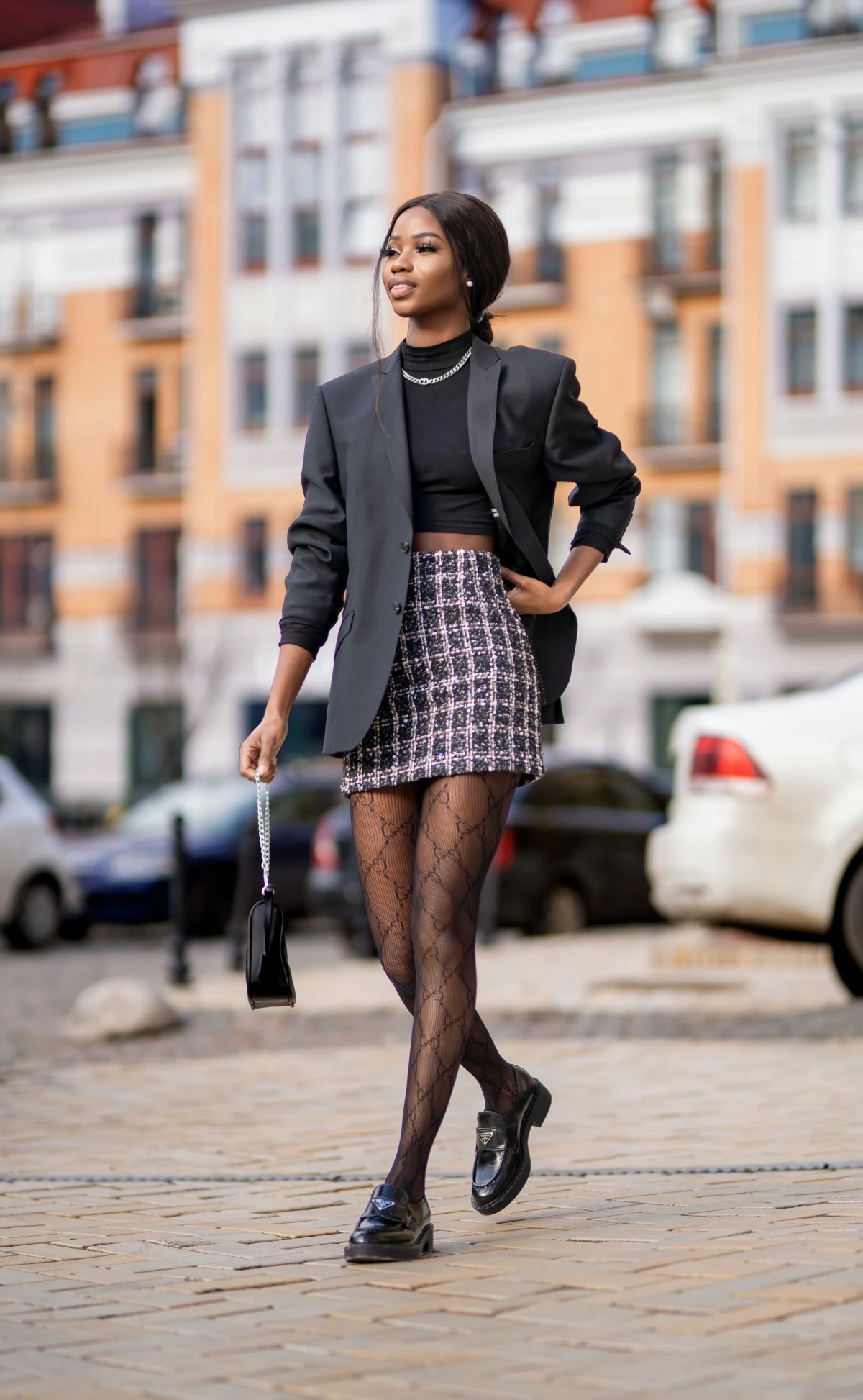
Let’s Talk Shoes: This is a huge pain point! For more conservative offices, stick to closed-toe leather loafers or elegant flats. For business-casual spots, polished leather slides or block-heel sandals are great options—look at brands like Sam Edelman for styles that are both chic and walkable. Even in a creative office, skip the casual flip-flops and opt for a clean leather sneaker instead.
Care is Key: A handheld steamer (you can get a good one for about $30 online) is your best friend for getting wrinkles out of linen and Tencel without harsh heat. Know what needs to be dry-cleaned—like that investment tropical wool blazer—and what you can carefully wash at home.
Building a summer work wardrobe is a skill. But by focusing on the right fabrics, a comfortable fit, and a few strategic pieces, you can absolutely conquer the season with confidence and style. You’ll feel cool, composed, and ready to focus on your work—not the weather.
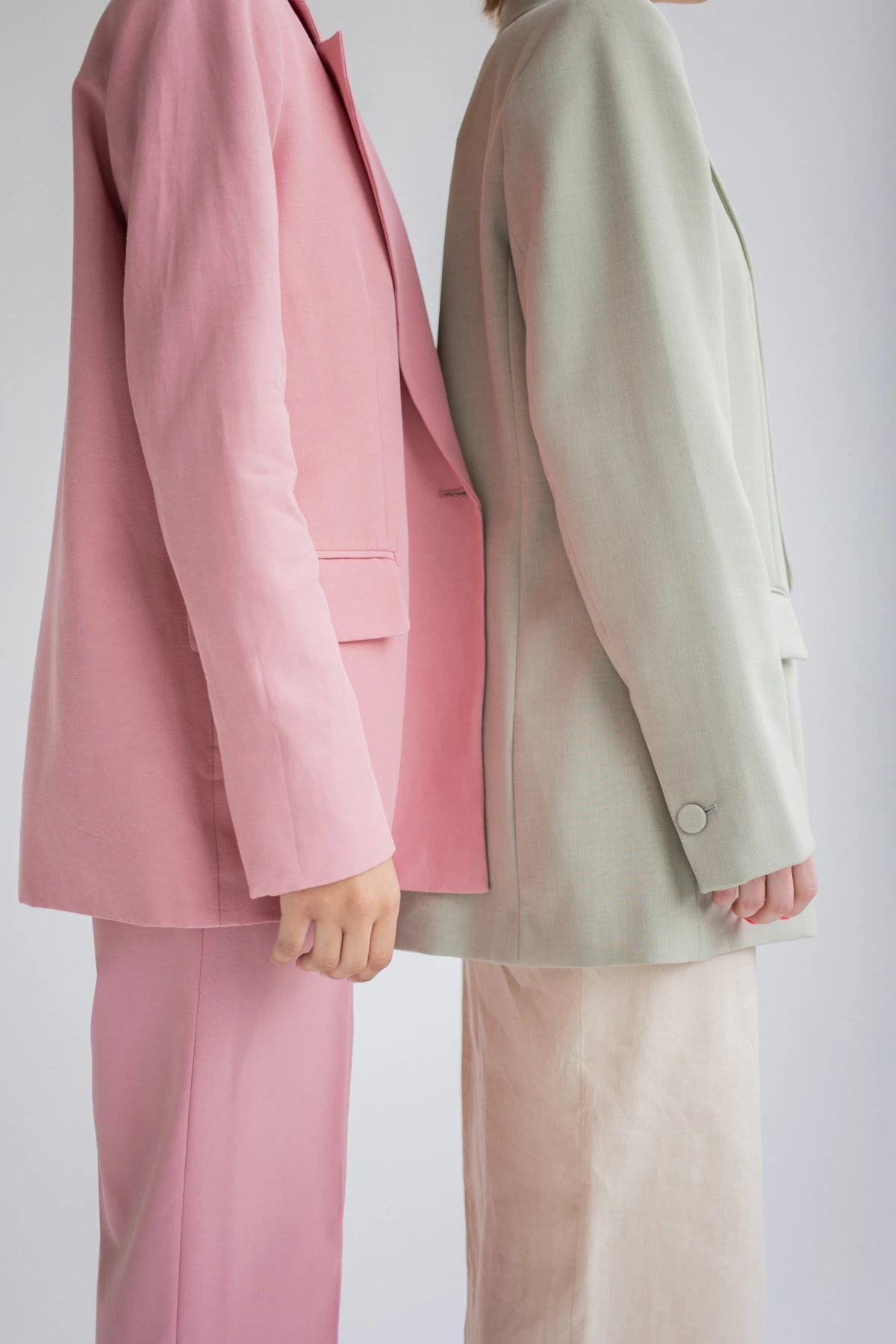
Inspirational Gallery
The Unsung Hero: Tencel™ Lyocell. If you find linen too prone to wrinkling and cotton too slow to dry, this fabric is your answer. Derived from sustainably sourced wood pulp, it’s exceptionally soft, highly breathable, and wicks moisture more effectively than cotton. Brands like Everlane and Eileen Fisher often use it for flowy trousers and blouses that feel like a dream against the skin, even on the most humid days.
- A pair of elegant, wide-leg linen trousers.
- A crisp, sleeveless trench vest.
- A structured leather tote bag that holds its shape.
The secret to elevating simple summer pieces? One great anchor item. By investing in a single, high-quality piece each season, you can instantly upgrade your entire warm-weather work wardrobe.
Don’t underestimate the power of a strategic ‘office cardigan.’ The temperature swing from a blazing street to an air-conditioned office can be brutal. Keep a lightweight merino wool or cashmere-blend cardigan draped over your chair. A neutral color like camel, navy, or dove grey will complement almost any outfit and provide instant, sophisticated warmth when you need it.
The average person’s feet have about 250,000 sweat glands, more than almost any other part of the body.
This is precisely why your choice of footwear is non-negotiable for summer comfort. Avoid fully synthetic, non-breathable shoes at all costs. Opt for leather-lined loafers, canvas espadrilles, or woven mules that allow for air circulation, preventing that swampy feeling by late afternoon.
How do you wear a blazer when it’s 90 degrees out?
You choose an unlined or half-lined model. A fully lined blazer, typically with a polyester or Bemberg lining, traps heat and air. An unlined version, often in a seersucker, linen, or hopsack weave, allows for maximum airflow. It provides the professional structure of a jacket without the personal sauna effect. Look to Italian brands like Boglioli for inspiration.
Midi Skirt: A fluid, pleated midi skirt in a silk or viscose blend offers elegance and fantastic ventilation. It’s a perfect alternative to trousers.
Cropped Trousers: A pair of tailored, ankle-grazing trousers (like the ‘Effortless Pant’ from Aritzia) looks sharp but allows your ankles to breathe, which helps cool your entire body.
Both are office-appropriate and infinitely more comfortable than restrictive pencil skirts or full-length pants.
Worried about sheer summer fabrics like light cotton voile or white linen? The solution lies in your base layer.
- Choose a camisole or slip in a shade that matches your skin tone, not your outer layer. This makes it virtually invisible.
- Look for microfiber pieces with bonded or laser-cut edges, like those from the Uniqlo AIRism line or Commando, to eliminate any visible lines under your clothes.
The Belt-as-Accessory Trick: A simple woven leather or fabric belt can completely transform a loose-fitting shirtdress or a simple top-and-trousers combination. It cinches the waist, creating a more defined and polished silhouette without adding any heat or bulk. It’s a small detail that signals intentionality and style.
- Go beyond standard white and beige for your summer neutrals.
- Consider shades like olive green, dusty rose, slate blue, and terracotta.
These sophisticated earth tones feel seasonally appropriate, hide minor perspiration better than stark white, and pair beautifully with classic summer fabrics.

